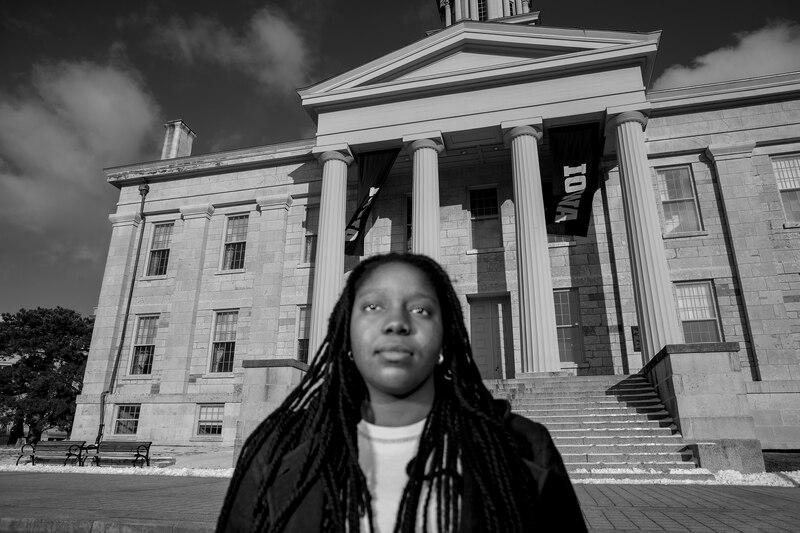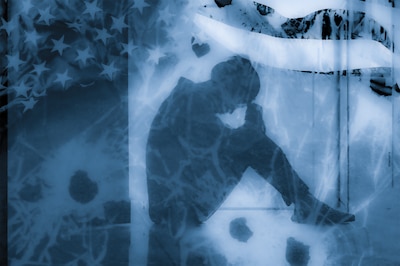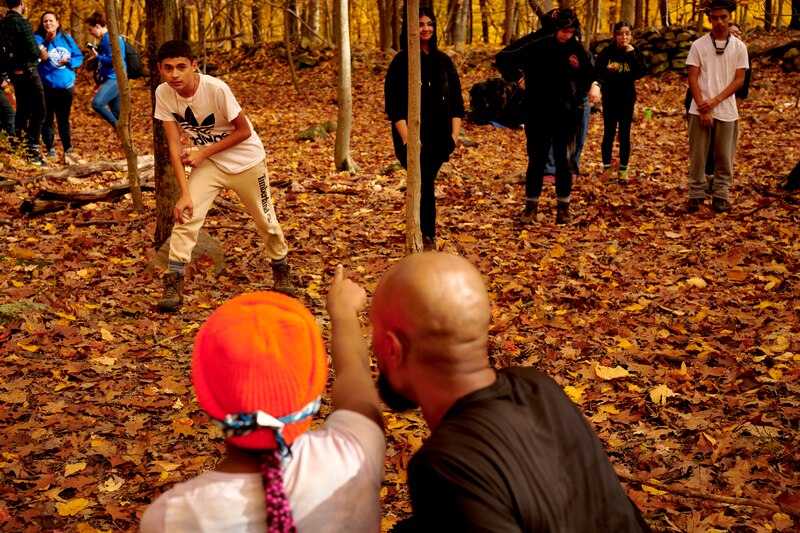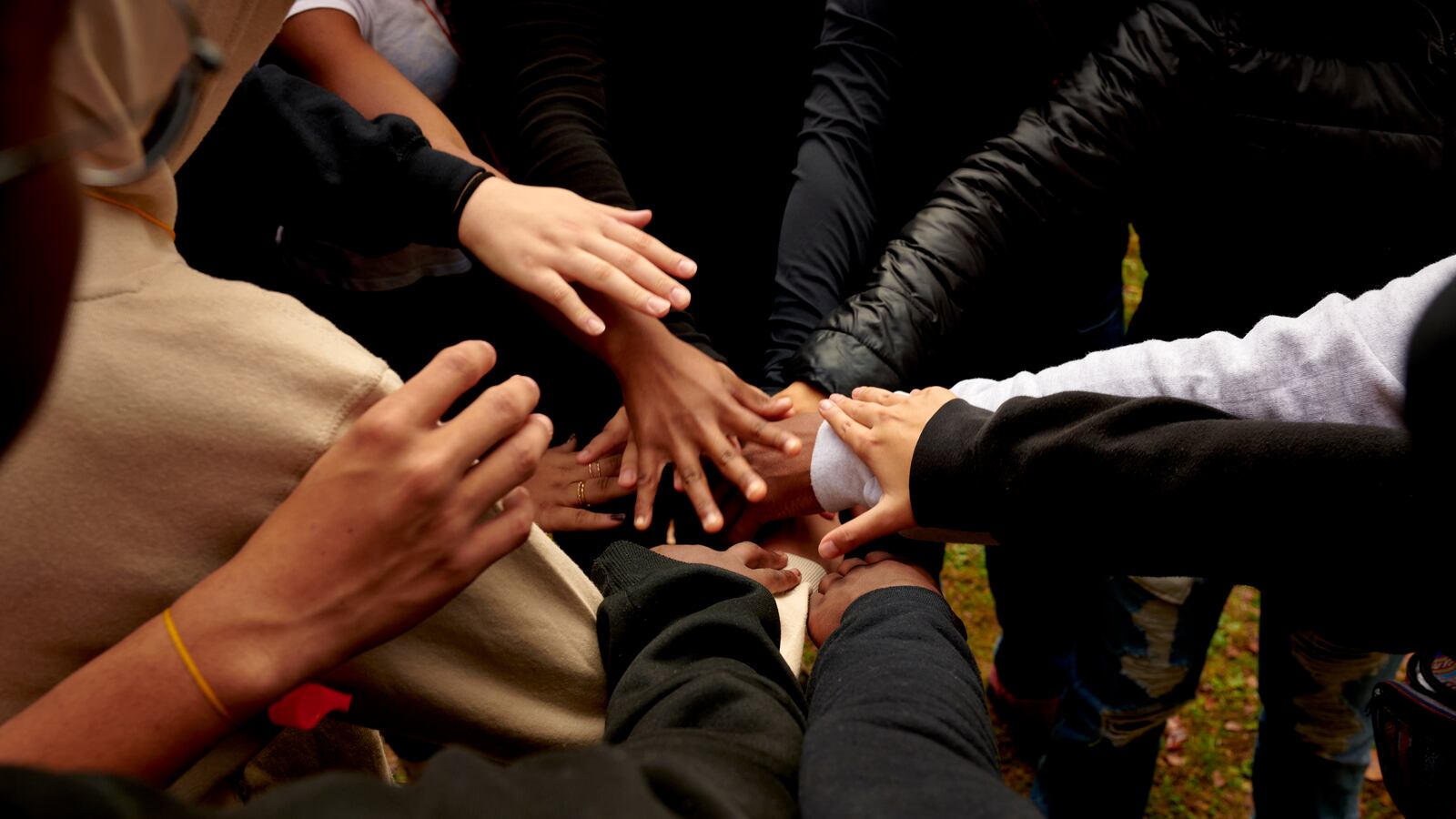This was the year when many of the pandemic-era challenges facing America’s schools went from acute to chronic.
Classrooms fully reopened, but attendance and enrollment have yet to fully rebound. Tutoring and mental health programs got off the ground, but staffers remained in short supply. Students began making academic progress, but new national data underscored how far they’d fallen behind. Each step toward recovery, moment of joy, and successful lesson came with a reminder of the pandemic’s ongoing fallout.
Meanwhile, the nation’s conflicts continued to envelop schools. Republican lawmakers and local activists redoubled their efforts to restrict what students can learn about racism and LGBTQ issues. And shootings erupted on and off school grounds, cementing gun violence’s new status as the leading cause of death for America’s young people.
Below are 13 stories from Chalkbeat reporters across the country that documented those forces in action and explained what it all meant for America’s schools:
February 3: Schools got $190 billion in COVID relief from the feds. What’s happened to it?
This year, schools were figuring out how exactly they were going to use the biggest chunk of their billions in federal COVID relief. Tutors? Building renovations? Both? Matt Barnum explained the state of play — and how to find your district’s plans for yourself.
“The idea that schools aren’t spending it quickly partly reflects a monthslong lag in the data, not local officials dragging their feet. And the best evidence available suggests that schools are making seemingly reasonable purchases: buying masks, computers, and air filters, while adding summer school programs, tutoring, counselors, and teachers. But district plans vary widely in quality, and there are more than 13,000 school districts across the country. Zoom out further, and, so far, information at the state and national levels is limited, incomplete, or nonexistent, making it difficult to closely monitor this unprecedented infusion of federal cash.”

March 11: Iowa scrapped teacher training on equity. Students of color felt the sting of that decision.
Volta Adovor was one of several high school students asked to help shape a conference for Iowa’s teachers focused on racial equity in 2021 put on by the state education department. Once Iowa’s legislature began considering a bill that would restrict how teachers talk about racism, it all ground to a halt, as Kalyn Belsha reported.
“The deferred conference stands as just one illustration of the nation’s about-face on centering race and equity in teachers’ work over the last year. For the students, though, the fallout has been both local and personal. After state officials asked them to share their time and experiences as students of color, the apparently open-ended postponement has left some feeling doubly dismissed. ‘We wanted to give solutions,’ Adovor said. ‘It was just us talking about things that we cared about.’”
March 19: As schools try to recover, COVID’s toll lingers: ‘We haven’t seen fine, ever’
This story, by Kalyn Belsha, Melanie Asmar, and Lori Higgins reporting from Tulsa, Denver, and Detroit, captured the exhaustion of last spring, when schools were inching toward “normal” but nothing came easily.
“When the virus seemed like it was under control, the omicron wave of cases brought half-empty classrooms or temporary returns to virtual learning. It’s been a year of survival and triage for teachers, school leaders, students, and their families. Now a shift is underway. Mask mandates have largely lifted, and more Americans say they are ready to leave the pandemic in the rearview mirror. But teachers like [Ana] Barros are still grappling daily with issues that COVID has left in its wake, most of which defy easy solutions. ‘I really feel scared to say that we’ve turned a corner,’ she said. ‘The things that we were struggling with, even outside of COVID, are just still there.’”
As laws restricting how teachers can talk about gender and LGBTQ issues took effect, Kalyn Belsha chronicled the effects on classrooms in Tennessee and beyond.
“A history teacher skipped over PowerPoint slides about the fight for gay rights during a lesson on the civil rights movement. Another English teacher hinted that Oscar Wilde was, ‘you know,’ instead of saying he was gay while teaching ‘The Picture of Dorian Gray.’ Queer symbolism throughout the text went unmentioned. To 17-year-old Aneshka, who asked that their last name be withheld, these were all indications that a new law requiring teachers to notify parents about lessons on gender and sexuality had had an effect at their eastern Tennessee high school.”

June 7: Student voices on Uvalde: Our leaders ‘are just not going to protect us’
After 19 children and two adults were shot and killed at Robb Elementary School in Uvalde, Texas, in May, we turned space over to students to reflect. Meleena Salgado, then a junior at John Hancock College Preparatory High School in Chicago, wrote about the moment she heard what had happened.
I was feeding my dogs, and my dad rushed in and said a school had been shot up. My heart just sank. I was frustrated that there was another one. I hate to use that term because there were people who were lost. But I was just like, come on. No matter how many are hurt, [politicians] are just going to say, ‘Oh wow, what a tragedy,’ and then we’ll find out about the next one. I’ve been worried about a school shooting since I was little. The oldest fear I have about being shot up at school is when I was, maybe, in third grade. I was in the bathroom alone and heard this really loud bang, and I thought, ‘Oh, God, maybe this is it.’ (That bang turned out to be someone dropping a textbook in the hallway.)
Aug. 1: As fewer kids enroll, big cities face a small schools crisis
Mila Koumpilova, Matt Barnum, and the Associated Press’ Collin Binkley looked at one consequence of the enrollment declines many cities experienced during the pandemic — more tiny schools — and the pain ahead for communities that will be forced to reckon with their cost.
Chalmers [School of Excellence] lost almost a third of its enrollment during the pandemic, shrinking to 215 students. In Chicago, COVID-19 worsened declines that preceded the virus: Predominantly Black neighborhoods like Chalmers’ North Lawndale, long plagued by disinvestment, have seen an exodus of families over the past decade. The number of small schools like Chalmers is growing in many American cities as public school enrollment declines. More than 1 in 5 New York City elementary schools had fewer than 300 students last school year. In Los Angeles, that figure was over 1 in 4. In Chicago it has grown to nearly 1 in 3, and in Boston it’s approaching 1 in 2, according to a Chalkbeat/AP analysis.
Oct. 24: Nation’s report card: Massive drop in math scores, slide in reading linked to COVID disruption
Matt Barnum dove into one of the biggest stories of the year: scores on national exams that offered the most authoritative accounting yet of learning lost because of the pandemic.
Students in fourth and eighth grade saw unprecedented declines in math and significant dips in reading achievement between 2019 and 2022, according to the results of national exams given last school year and released Monday. The declines were broad-based — affecting students in every state and every region of the country. ‘The results point out and confirm that this is a pretty massive hit to student achievement in our country,’ said Scott Marion, a testing expert and member of the board that oversees the tests.
Nov. 2: A look inside Colorado’s yearslong push to change how schools teach reading
This year saw more schools, school districts, and entire states take a hard look at their reading curriculums and push for changes aligned with the “science of reading.” Colorado was among the most forceful in requiring districts to make changes, and Ann Schimke has followed the story closely.
Peter and his classmates were learning a rule about the English language that they applied over and over that day — when reading and writing ‘hope,’ ‘cute,’ ‘tape,’ and ‘slide.’ Such lessons reflect both a districtwide and statewide shift in how children are taught to read in Colorado. Gone by the wayside are reading programs that encourage children to figure out what a jumble of letters says by looking at the picture or using other clues to guess the word — a debunked strategy still used in some popular reading curriculums. Now, there’s a greater emphasis on teaching the relationships between sounds and letters in a direct and carefully sequenced way.
Districts across the U.S saw chronic absenteeism spike last school year, and the numbers have prompted a variety of campaigns to boost attendance. Detroit’s challenge is especially acute: Two-thirds of the city’s students missed at least 10% of last school year. The issue extends beyond education, as Koby Levin, Ethan Bakuli, and Kae Petrin explain.
Absences seldom boil down to a decision to skip school, experts say. Interviews with parents and researchers show that families generally understand the importance of regular attendance and do their best to get their children to class. Instead, absences often result from painful but rational choices between a family’s basic well-being and attending school. Problems with housing, health, work, or transportation can quickly spiral into a crisis for a family that lacks money or a social support system.

Nov. 9: Hope, healing, and the return of an annual camping trip for Brooklyn high-schoolers
A multi-day hike outside New York City this fall was much more than a field trip for one group of high-schoolers, as Michael Elsen-Rooney wrote. It was a return to tradition and a chance for students to grow as leaders after several trauma-heavy years.
Surrounded by her classmates on a bright October morning in the woods of Fishkill, New York, Diana Ramirez had no trouble making herself heard. The 14-year-old enthusiastically initiated chants and cheerfully shouted instructions to her peers during team-building activities on a multi-day camping trip organized by their Brooklyn public high school. Speaking up hasn’t always been so easy for the high school freshman — especially during the past several years overshadowed by the pandemic.
Nov. 17: Schools across the U.S. have turned to Paper’s online tutoring. Some worry it’s falling short.
Virtual tutoring has grown in popularity as schools look for ways to help students catch up and struggle to staff up in-person programs. Kalyn Belsha took a look at one popular program, Paper, and found low usage rates and concerns it wasn’t helping the students who needed it most.
The district spent $913,000 in COVID relief funds for Paper to provide its middle and high school students with access to 24/7, on-demand tutoring. But Columbus quietly cut ties with the company in September because too few students were using the tool. District records obtained by Chalkbeat show that less than 8% of students with access logged on last school year. Half of those students used it just once. In some schools, not a single student logged on.
Nov. 18: School psychologist, counselor hiring lags nationwide even as student mental health needs soar
As students struggle, many schools have talked about the ways they are adding mental health support for students. But this fall, many still hadn’t managed to add counselors or psychologists, despite an influx of federal relief money, Patrick Wall, Kalyn Belsha, and the Associated Press’ Annie Ma documented.
Among 18 of the country’s largest school districts, 12 started this school year with fewer counselors or psychologists than they had in fall 2019, according to an analysis by Chalkbeat. As a result, many school mental health professionals have caseloads that far exceed recommended limits, according to experts and advocates, and students must wait for urgently needed help. ‘They have so many students that they’re dealing with,’ said Mira Ugwuadu, 17. ‘I personally don’t want to blame them. But I also deserve care and support, too.’
Dec. 9: How one Chicago school social worker is grappling with COVID’s toll on students
Chicago has doubled the number of social workers in schools. But each of them is still juggling hundreds of students’ needs, as Mauricio Peña documented, at a moment when students are struggling with academics and behavior.
In the bathroom, [Mary] Difino took another deep breath, then headed back to her office. There she tidied up and fixed her desk. She grabbed her soccer bag from that morning’s Piccolo girls soccer team practice and a binder full of drills and activities. Her role as coach for second, third, and fourth grade students is a reprieve from her frenetic duties during school hours. She thought about what was needed to calm the fights and help her students: a restorative justice coordinator, smaller class sizes, perhaps another social worker. But as Difino left for home that night, that wish list seemed far away — and she just felt exhausted.


